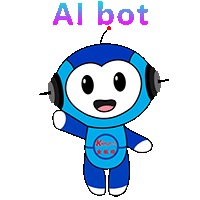Service hotline
+86 0755-83975897
 en
en Release date:2025-02-22Author source:KinghelmViews:1143
With the advent of industry 4.0 era, factory automation has become the key to the development of manufacturing industry, and collaborative robots are playing an increasingly important role in the production line.
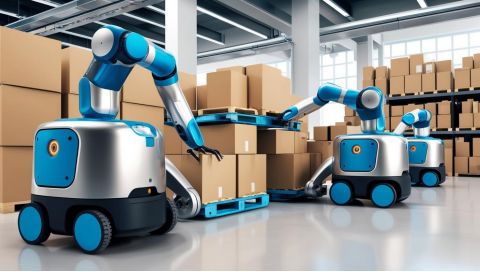
From Robot (robot) to Cobot (collaborative robot), it means the leapfrog development of human-computer interaction.
Collaborative robots represent a new era of digital transformation. Unlike conventional industrial robots, collaborative robots are specifically designed to work in concert with humans. They are equipped with advanced sensors, security features, and programming capabilities that are integrated seamlessly into the human workflow without the need to take significant security measures or set up physical barriers.
The main difference between collaborative robots and traditional robots lies in their "collaborative nature". Traditional robots preprogrammed automatically or under limited guidance lack the security ability to actively avoid humans, usually operating within a pre-programmed security fence. Collaborative robots perform well in interactivity and safety, from repetitive assembly processes to complex manufacturing operations, and they do not pose significant safety risks.
In the industrial field, the cooperative robot intelligent production line can realize assembly, loading and unloading, spraying and coating, quality inspection and measurement, packaging palletizing, polishing, locking screws, labeling, welding, etc., which can help factories reduce labor costs and improve product productivity.
With the continuous progress of robotics technology, collaborative robots are also developing simultaneously. Driven by innovations in artificial intelligence (AI), machine learning (ML), and sensor technology, modern collaborative robots are able to handle more complex tasks. With advances in integrated technologies such as adaptive control systems and advanced vision systems, they perform well in performing the most complex operations.
Collaborative robots are widely used in all aspects of the supply chain, and more and more companies are using the device to simplify their operations. According to the 2024 collaborative Robot research report, the global collaborative robot market revenue exceeded $1 billion in 2023, reaching $1.07 billion, with YoY% increasing by 11.9%.
A case study by Darex shows that using collaborative robots can increase work efficiency by 30%. Darex, a manufacturer of drill blade mills and grinders, uses collaborative robots to tighten screws, assist in blade assembly and folding / packing boxes, effectively reducing workers' walking time and optimizing operations.
Collaborative robots have played a key role in multiple supply chain areas:
● Material handling —— includes the picking, packing, and classification of items.
● Parts assembly —— especially in industries such as automobiles and electronics.
● Quality detection —— is achieved through the integration of sensors and artificial intelligence.
● Warehouse operation —— such as palletizing and unloading.
As a transformative solution in all industries, collaborative robots have unique advantages in improving and addressing several challenges in supply chain operations:
● Improve efficiency: Collaborative robots can operate continuously around the clock, significantly reducing downtime and improving productivity. They perform tasks faster and more stably than humans, thereby increasing productivity and efficiency.
● Improve accuracy: Provide the robot assistant with advanced sensors and artificial intelligence functions, allowing the collaborative robots to complete the sorting and packaging tasks with high precision.
● Enhance security: Collaborative robots can undertake dangerous tasks, reduce the risk of workers working in high-risk environments, and create a safer working environment.
● Cost savings: A collaborative robot can complete tasks that would require multiple workers to complete, greatly saving labor costs. Their all-weather operations further reduce costs.
● Flexibility: Collaborative robots are adaptable, can easily reprogram to adapt to various tasks, and help enterprises quickly respond to market demand and operational changes.
Advances in AI and ML will make collaborative robots smarter. AI and ML technologies can enable new features for collaborative robots, such as the ability to learn autonomously from experience and quickly adapt to new tasks, to better cooperate with humans to achieve more efficient collaboration.
When choosing robot solutions, companies must carefully consider design, evaluate physical design, task execution capabilities, and compatibility with existing systems. While ready-made solutions are beneficial, there is no guarantee that they will fully meet the specific requirements of the enterprise. Tailored solutions for customers can ideally meet operational nuances.
To design state-of-the-art collaborative robotics solutions, developers are turning to new-generation components like TDK InvenSense RoboKit1 and u-blox XPLR-HPG-2 to ensure the design has the flexibility, performance and intelligence needed to optimize supply chain operations. For example, RoboKit1 is a feature-rich SmartRobotics™ platform that integrates sensors, processors, and actuators into a single circuit board, which provides a strong technical foundation for prototype design and development.
The XPLR-HPG-2 provides a compact platform for the evaluation and prototype development of high-precision GNSS (HPG) solutions with kinematics, inertial calculation, cellular, Wi-Fi and Bluetooth communication, favored by robot developers.
Solutions (indirect time flight) for iToF, such as the BIDOS ®P2433 Q series, can also play a crucial role in warehousing areas, especially in workshop safety and 3D testing applications. These systems require high resolution, such as the 640x480 VGA level, to accurately capture environmental details while covering detection distances from tens of centimeters to 10 meters, ensuring that the robot's work area is protected at human head height.
The innovation of the robot assistant improves the efficiency and productivity from material handling to other aspects of the supply chain. By solving the congestion in supply chain management, collaborative robot points promote the transformation and transformation of the industry. For companies to achieve digital transformation in their operations, they need to be aware of the key role that collaborative robot solutions play in optimizing processes. With these innovative technologies and solutions, enterprises can not only simplify the existing workflow, but also quickly adapt to the dynamic market demand.
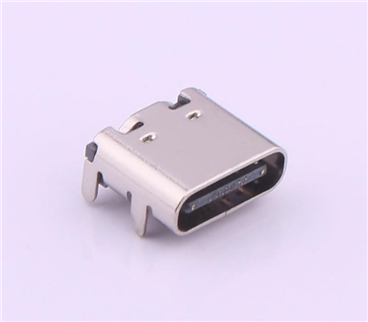
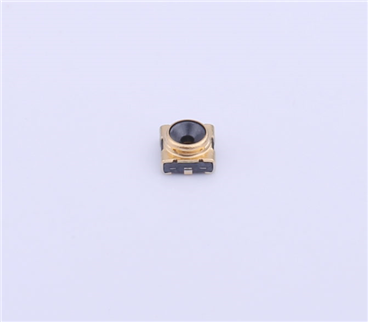
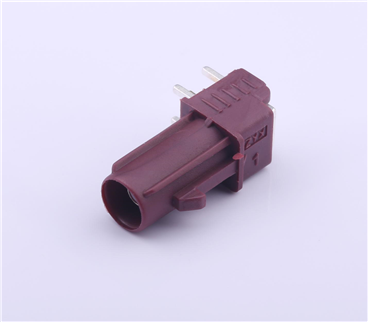
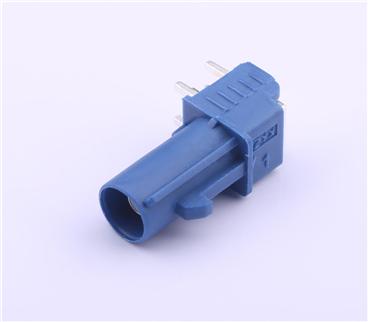
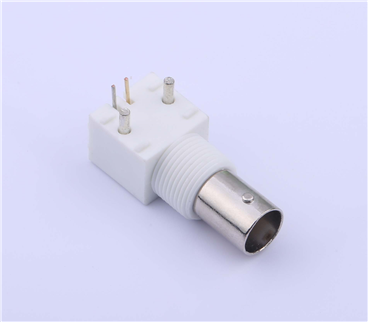
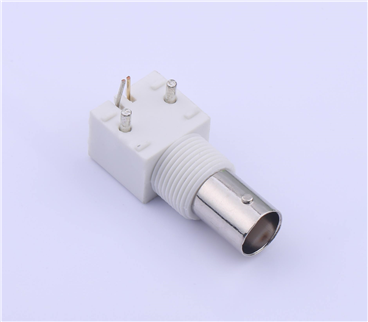
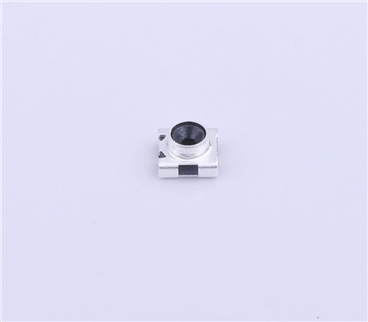
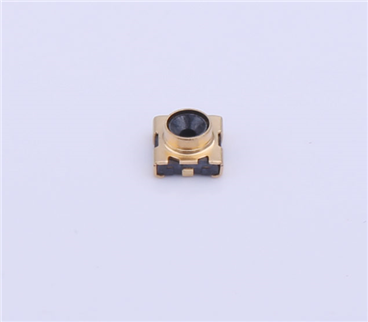
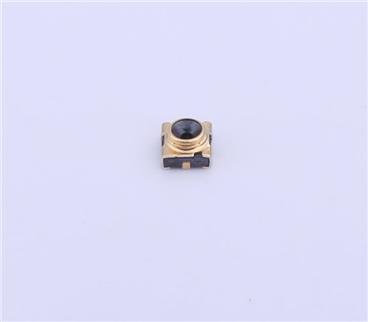
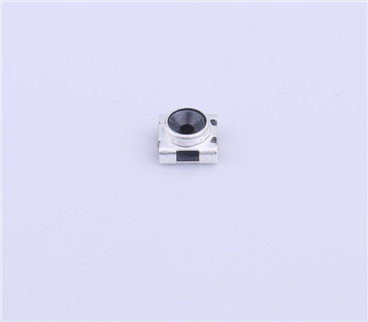
Copyright © Shenzhen Kinghelm Electronics Co., Ltd. all rights reservedYue ICP Bei No. 17113853
